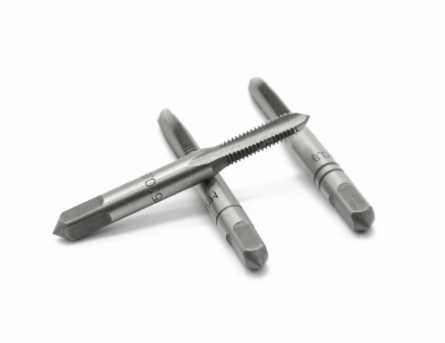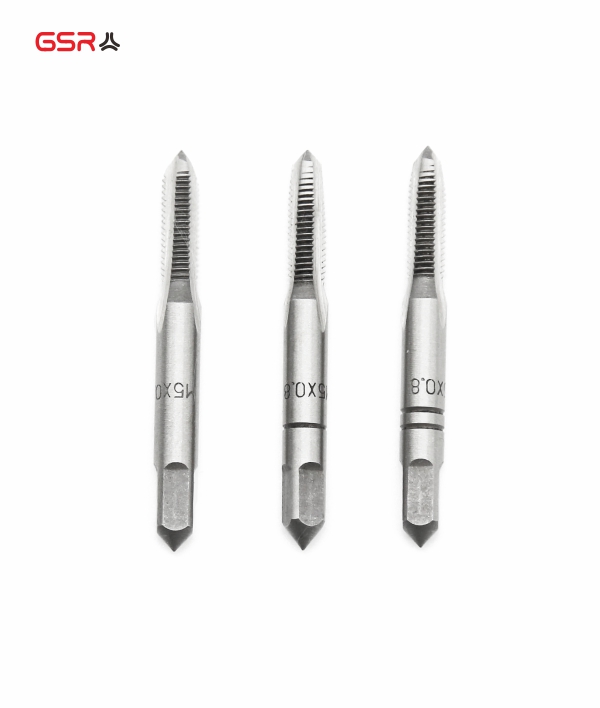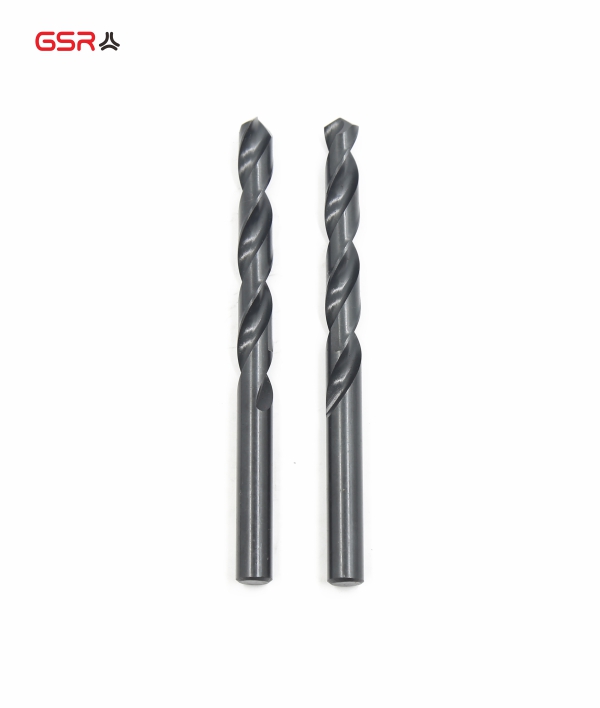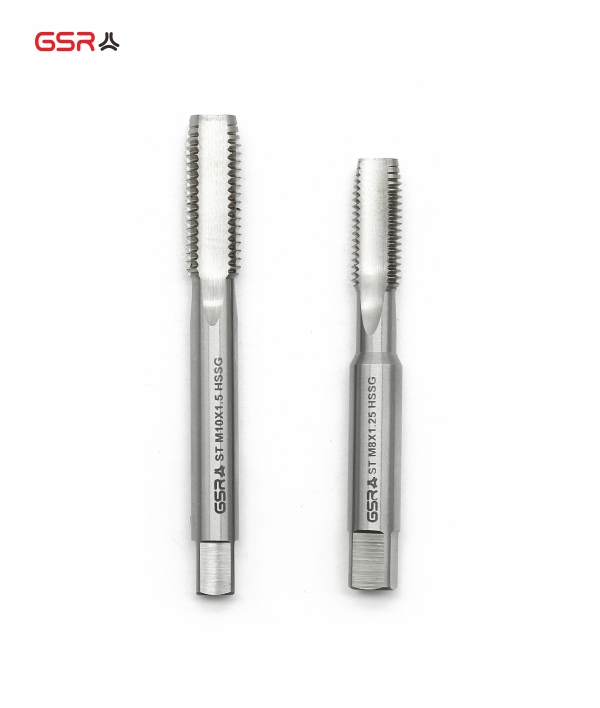What Are the Processing Methods for Internal Threads?
Internal threads are commonly used in fasteners such as bolts, screws, and nuts, as well as in a wide range of mechanical components. The processing methods for internal threads can vary depending on the application requirements, the material being used, and the manufacturing process being employed. In this article, we will discuss some of the most common processing methods for internal threads.
Tapping
Tapping is the most common method used for creating internal threads. It is a simple and cost-effective method that involves using a tap to cut threads into the material. The tap is typically made of high-speed steel or carbide and has a series of cutting edges that cut into the material as it is turned. Tapping is commonly used for low volume production runs, and it can be done either by hand or with the use of a tapping machine.
Die Cutting
Die cutting is a process that is similar to tapping, but it is used to create threads on the outside of the material. It involves using a die, which is a cylindrical tool with a series of cutting edges that is threaded onto the outside of the material. As the die is turned, it cuts threads into the material. Die cutting is commonly used for high volume production runs, and it is often done with the use of a machine.
Thread Rolling
Thread rolling is a cold-forming process that is used to create internal threads. It involves using a thread rolling die, which is a tool with a series of thread profiles that is pressed against the material. As the die is pressed against the material, it deforms the material and creates the threads. Thread rolling is commonly used for high volume production runs, and it can produce threads that are stronger and more precise than those produced by tapping or die cutting.
Thread Milling
Thread milling is a machining process that is used to create internal threads. It involves using a milling cutter with multiple cutting edges to cut the threads into the material. Thread milling can produce threads of different sizes and shapes, and it can be used to create both standard and non-standard thread forms. Thread milling is commonly used for low volume production runs, and it is often done with the use of a CNC machine.
Electrochemical Machining (ECM)
Electrochemical machining (ECM) is a non-traditional machining process that is used to create internal threads. It involves using an electrolyte and an electrode to remove material from the workpiece. The electrode is typically made of a conductive material, such as copper or brass, and it is shaped like the desired thread form. As the electrode is passed through the workpiece, it removes material and creates the threads. ECM can produce threads of different sizes and shapes, and it can be used to create both standard and non-standard thread forms.
Laser Machining
Laser machining is a non-contact machining process that is used to create internal threads. It involves using a high-powered laser to remove material from the workpiece. The laser is typically focused on a small area of the workpiece, and it vaporizes the material to create the threads. Laser machining can produce threads of different sizes and shapes, and it can be used to create both standard and non-standard thread forms. Laser machining is commonly used for low volume production runs, and it is often done with the use of a CNC machine.
In conclusion, there are several processing methods that can be used to create internal threads, including tapping, die cutting, thread rolling, thread milling, electrochemical machining, and laser machining. The choice of processing method will depend on the application requirements, the material being used, and the manufacturing process being employed. Each method has its advantages and disadvantages, and it is important to choose the most appropriate method for the particular application.














